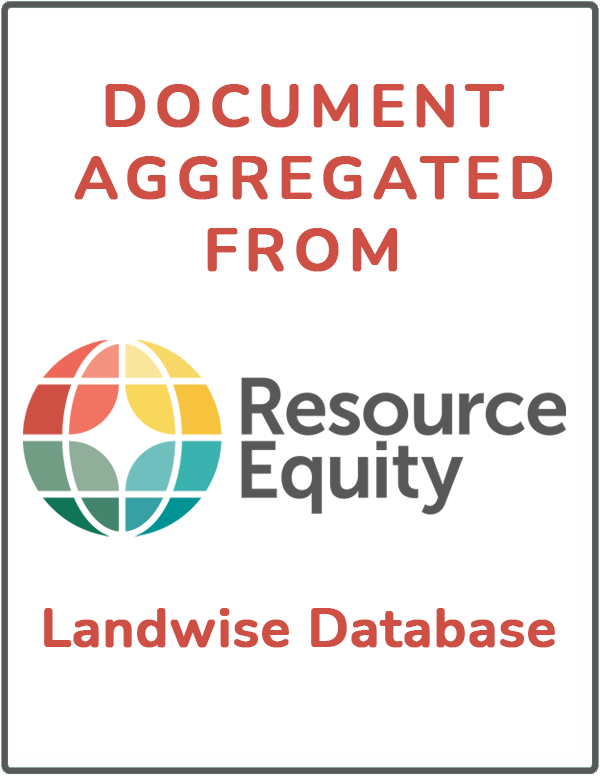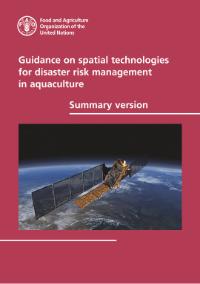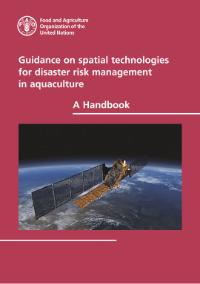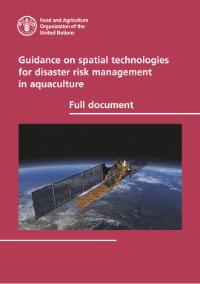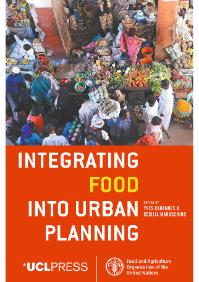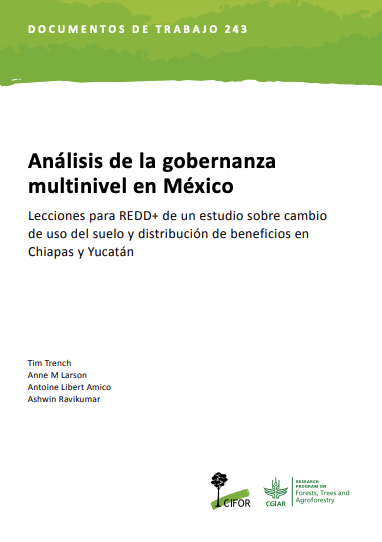La FAO ha presentado a título de contribución a la Conferencia de las Naciones Unidas sobre el Agua un documento de base titulado "Agua para la Agricultura" (DOC. E/CONF.70/ 11). Este documento pasa en revista los aspectos técnicos, económicos y sociales del agua en la agricultura y…
La FAO a soumis ft titre de contribution ft la Conférence des Nations Unies sur l'eau un document de base intitulé "L'eau pour l'agriculture" (DOC. E/CONF. 70/11). Ce document passe en revue les aspects techniques, économiques et sociaux de l'eau en agriculture et…
Protected Areas (PA) are the main strategy for nature conservation. However, PA are not always efficient for ecological conservation and social wellbeing. A possible alternative for conservation in human-dominated landscapes are Multifunctional Landscapes (ML), which allow the coexistence of…
The report “Transforming the livestock sector through the sustainable development goals” examines the sector’s interaction with each of the SDGs, as well as the potential synergies, trade-offs, and complex interlinkages involved. The publication is intended to serve as a reference framework for…
This new Guide describes the application of spatial technology to improve disaster risk management (DRM) within the aquaculture sector. DRM requires interrelated activities to ensure prevention, preparedness (including early warning), response and recovery for a wide range of natural,…
This new guide describes the application of spatial technology to improve disaster risk management (DRM) within the aquaculture sector. DRM requires interrelated actions and activities to ensure early warning, prevention, preparedness, response and recovery for a wide range of natural,…
This new guide describes the application of spatial technology to improve disaster risk management (DRM) within the aquaculture sector. DRM requires interrelated actions and activities to ensure early warning, prevention, preparedness, response and recovery for a wide range of natural,…
The integration of food into urban planning is a crucial and emerging topic. Urban planners, alongside the local and regional authorities that have traditionally been less engaged in food-related issues, are now asked to take a central and active part in understanding the way food is produced,…
Accessibility to clean and sufficient water resources for agriculture is key in feeding the steadily increasing world population in a sustainable manner. Nature-Based Solutions (NBS) offer a promising contribution to enhance availability and quality of water for productive purposes and human…
Agriculture influences and shapes the world’s ecosystems, but not always in a positive way. More than 2.5 billion people are globally involved as stewards of land and water ecosystems that constitute the natural resource base for feeding the current and future world population. Yet, conventional…
Este estudio explora críticamente cómo se toman las decisiones sobre el uso del suelo y cómo estas afectan los resultados de diversos actores en dos estados del sur de México: Chiapas y Yucatán. A partir de 152 entrevistas con actores de diferentes niveles, los autores examinan los procesos de…




